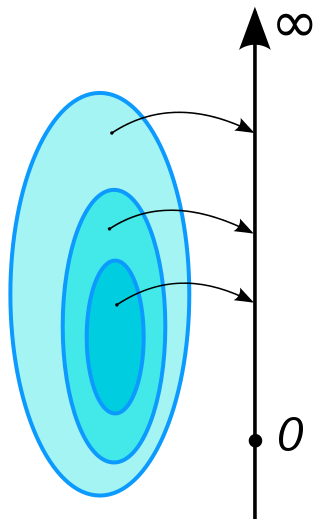In mathematics, given two measurable spaces and measures on them, one can obtain a product measurable space and a product measure on that space. Conceptually, this is similar to defining the Cartesian product of sets and the product topology of two topological spaces, except that there can be many natural choices for the product measure.
Contents
Let and be two measurable spaces, that is, and are sigma algebras on and respectively, and let and be measures on these spaces. Denote by the sigma algebra on the Cartesian product generated by subsets of the form , where and :
This sigma algebra is called the tensor-product σ-algebra on the product space.
A product measure (also denoted by by many authors) is defined to be a measure on the measurable space satisfying the property
- .
(In multiplying measures, some of which are infinite, we define the product to be zero if any factor is zero.)
In fact, when the spaces are -finite, the product measure is uniquely defined, and for every measurable set E,
where and , which are both measurable sets.
The existence of this measure is guaranteed by the Hahn–Kolmogorov theorem. The uniqueness of product measure is guaranteed only in the case that both and are σ-finite.
The Borel measures on the Euclidean space Rn can be obtained as the product of n copies of Borel measures on the real line R.
Even if the two factors of the product space are complete measure spaces, the product space may not be. Consequently, the completion procedure is needed to extend the Borel measure into the Lebesgue measure, or to extend the product of two Lebesgue measures to give the Lebesgue measure on the product space.
The opposite construction to the formation of the product of two measures is disintegration, which in some sense "splits" a given measure into a family of measures that can be integrated to give the original measure.


























